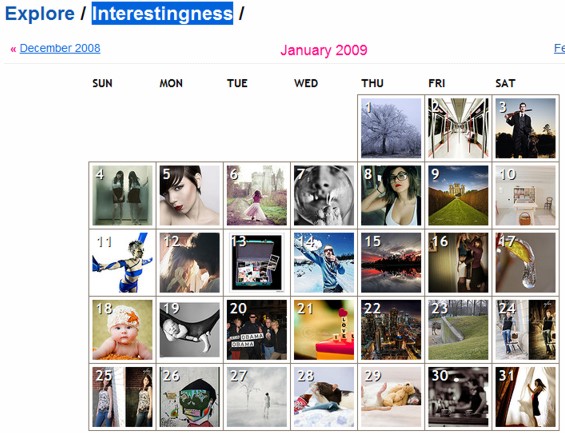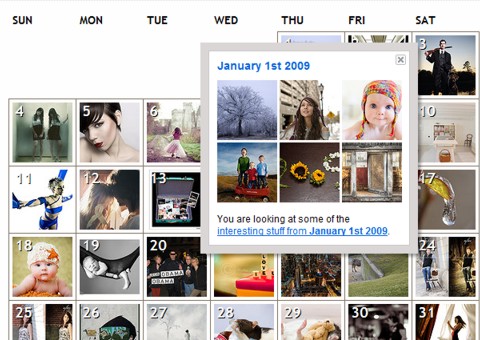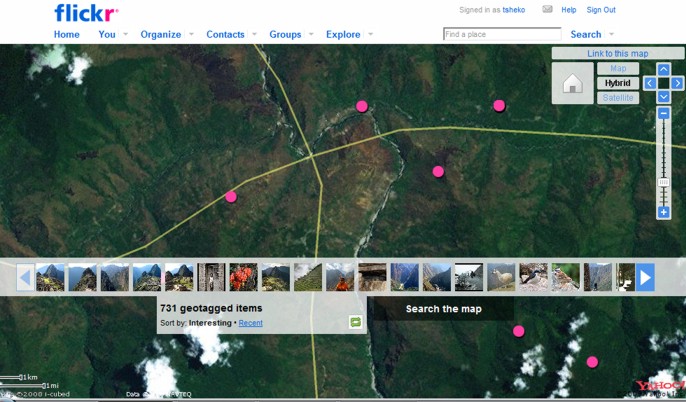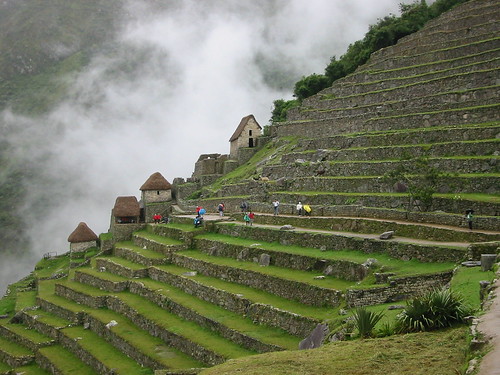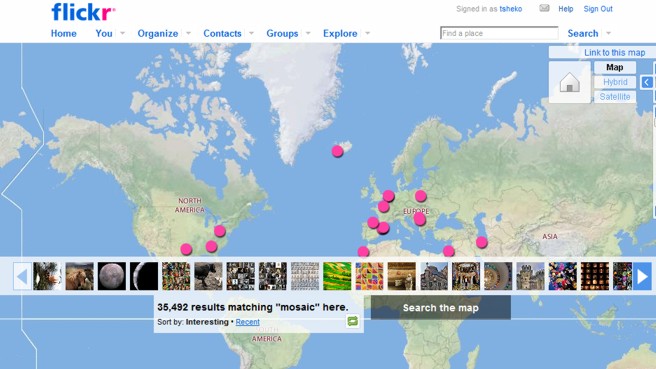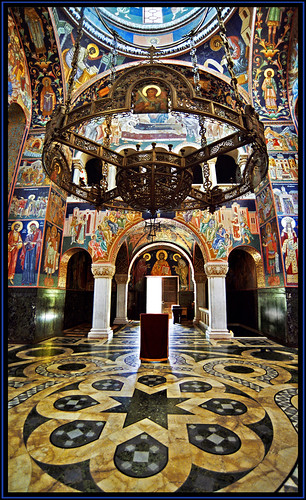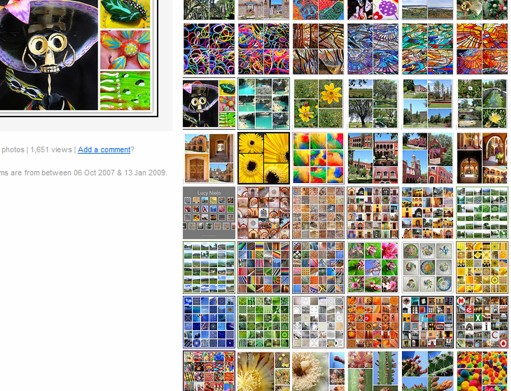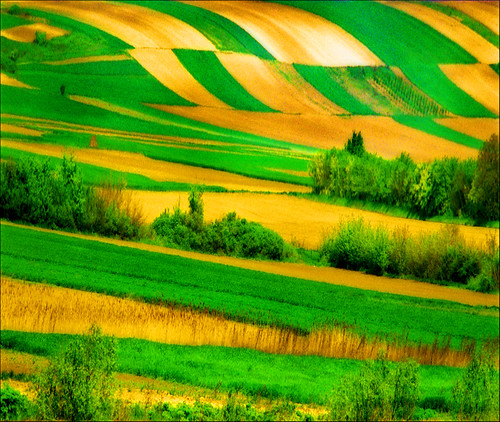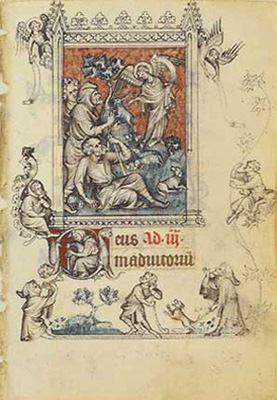
Sometimes things happen in schools. Days and lessons go by and pile up but occasionally an exciting kind of learning takes place. Marie Salinger, art teacher and Director of Learning Enhancement at Whitefriars College (my school), has been a catalyst for this kind of learning. Marie has taken the plunge with her Year 11 Studio Arts class – diving into unchartered waters and taking on the challenge of long-distance, shared learning with Mooroopna Secondary College many kilometres away. Did I mention they had less than a term to produce a show for the public? I’m talking about the Indoor Laneway Project.
Marie talks about how she feels about the project
I am feeling so energised and excited about the Indoor Laneway Project and am especially enjoying the chance to tap into some wonderful, rich resources so easily. Working with Dan West (the Arts Centre) and Eugenia Lim (ACMI) and having access to their wealth of experience, knowledge, technical expertise and creative talents has been a huge incentive and is adding a whole new level of excitement to my work in the classroom. I have also noticed a big shift in how the students are approaching the set tasks. They feel that there is a real purpose to their work and are very aware that they will be addressing a much larger audience than would usually be the case. Normally we might have the opportunity to display their artwork around the school as well as at our VCE exhibition in October. Displaying student work in this way for the school communitiy is great but now we have the chance to show our artwork to anyone, anywhere in the world, who is interested . A daunting but also very exciting possibility.
In the About section of the Indoor Laneway Project’s website, you’ll read this:
Education at the Arts Centre Presents Indoor Laneway – an online collaborative arts project. Its intention is to allow regional and metropolitan secondary school students to develop digital sound and art work.
Under the mentorship of an established media artist and school based digital media educators, participants remix and re-contextualise each others work and collectively assemble sound and images to explore artistic practice that focuses on key concepts of:
- Self
- Home
- Global and Local Positioning
- Connection
- Exchange
Over two weeks in September, the Indoor Laneway will establish a virtual space in the Arts Centre’s BlackBox where work generated will be displayed, results disseminated in a public forum and location based performances will take place.
Of all the outcomes listed in the About page, this is one which resonated with me:
- encourage within participants a community of collaborative creation and a sense of unity working towards a common artistic outcome;
Talking to Marie during the very short span of several weeks before the opening, she spoke of a sense of excitment and engagement amongst the students, and a noticeable increase in productivity and bouncing off others’ ideas. On the day that the two classes met at the Black Box in the Arts Centre to build the sets, I would have loved to be there to witness the shared activity which prepared for a real exhibition in a well known Melbourne Arts space and open to a real audience. I have a feeling this will be something the students will always remember.
Reading Marie’s blog posts, you can sense her involvement in the students’ engagement with the project:
It is so wonderful to see these young students bouncing ideas around. They are so creative and innovative and I am loving the vitality that surrounds the project. There is a lot of dialogue going on about the actual exhibition space and how we might use it to display the very large, diverse and amazing art mountain that has developed from the Indoor Laneway Project.
I’m looking forward to seeing the exhibition this Saturday. Congratulations to Marie, to students and art teachers of Whitefriars College and Mooroopna Secondary College, for your amazing, inspiring work! A real example of authentic learning beyond the walls of the classroom and out of the textbook. Learning from each other, creating together and exhibiting to the world.

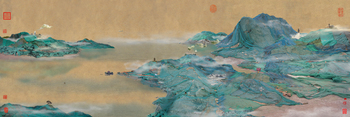
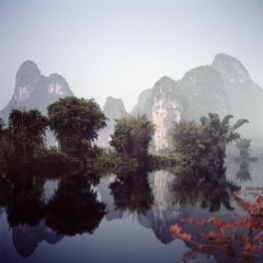
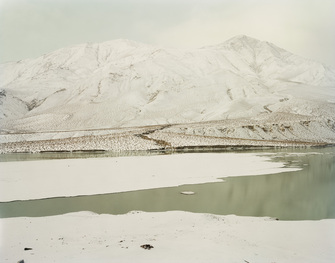
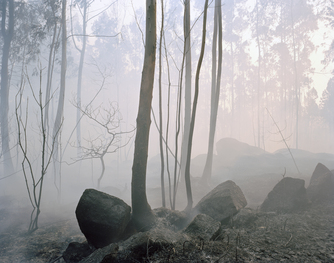
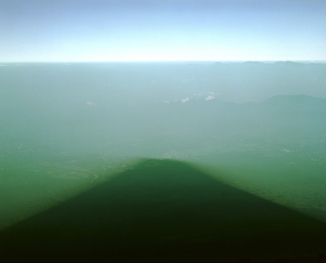
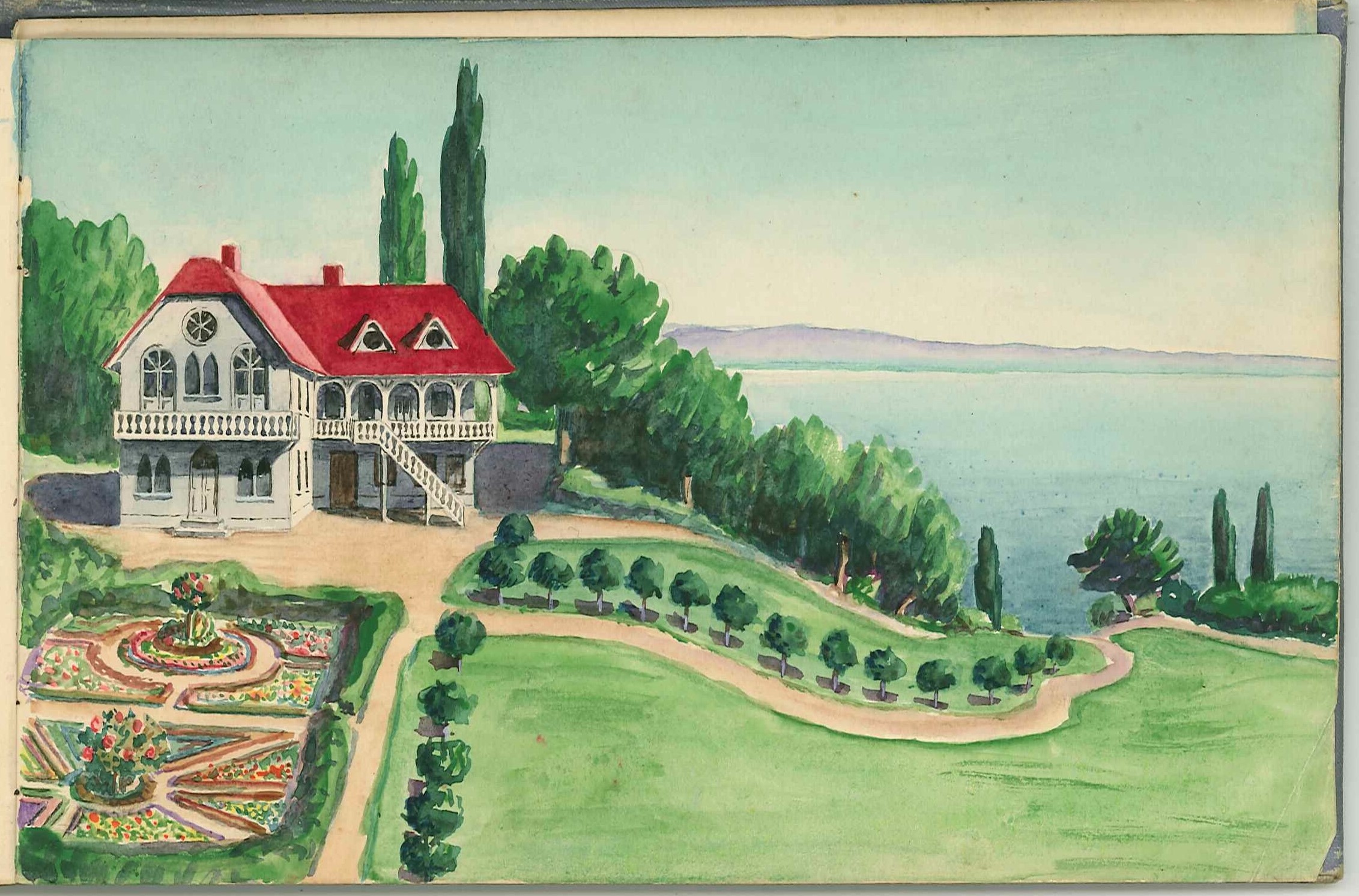
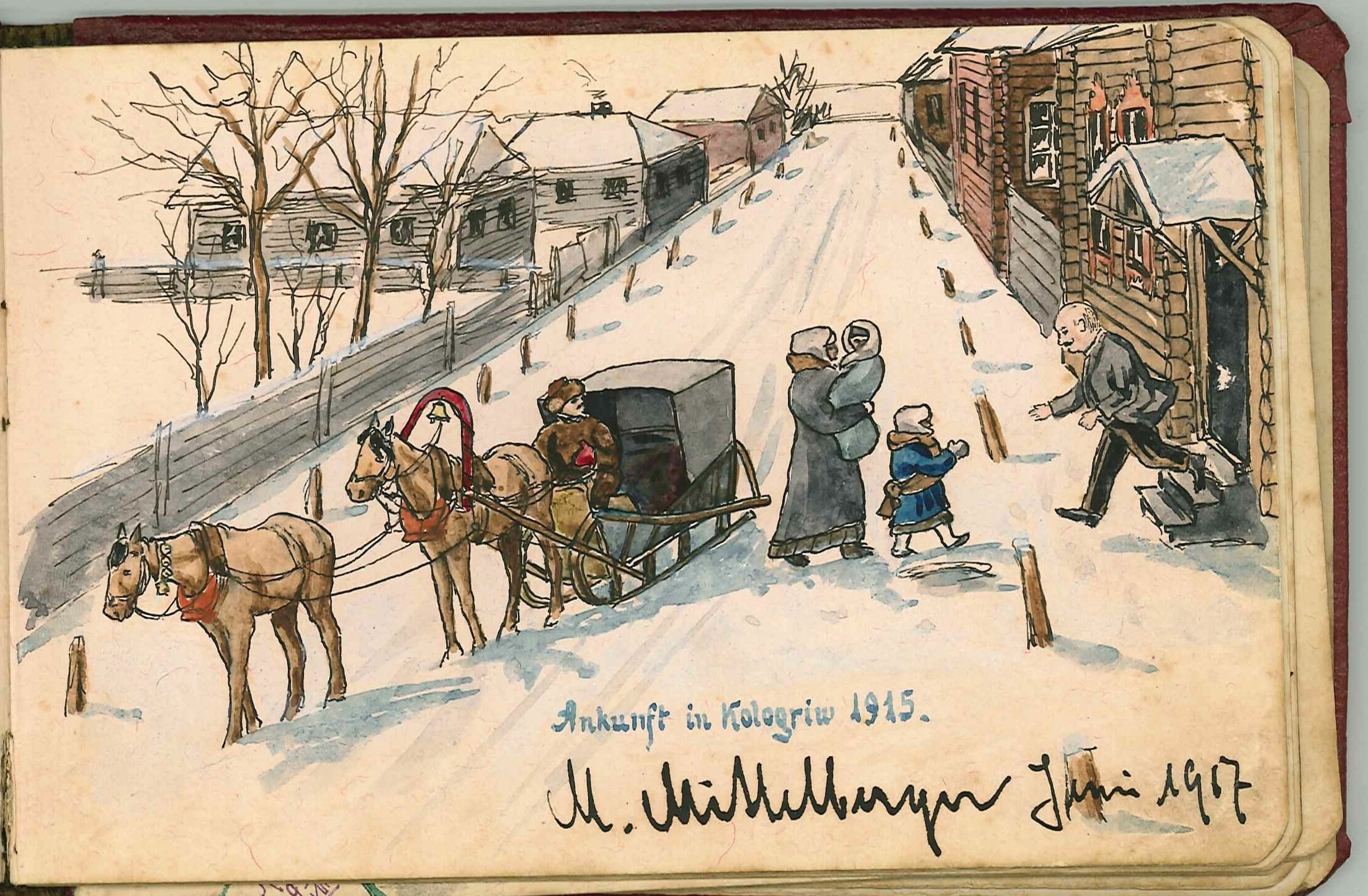
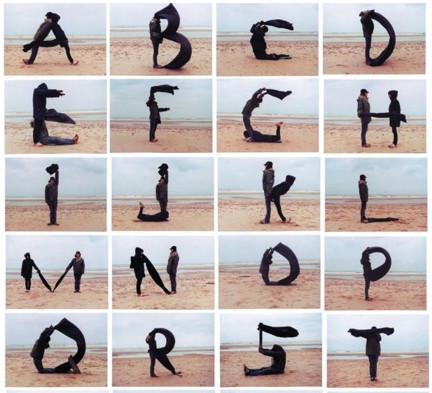
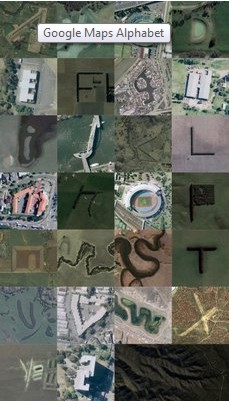
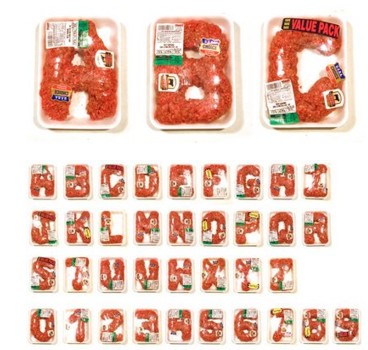
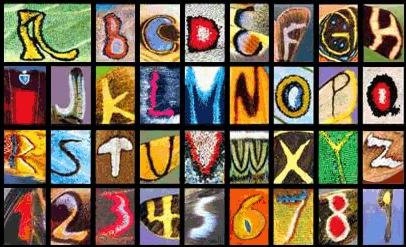
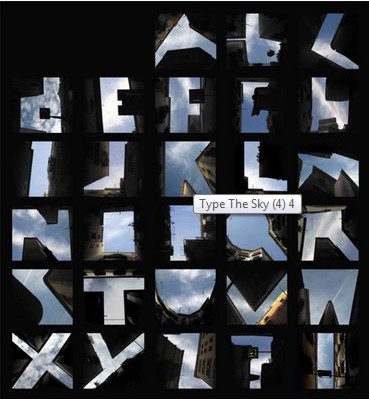
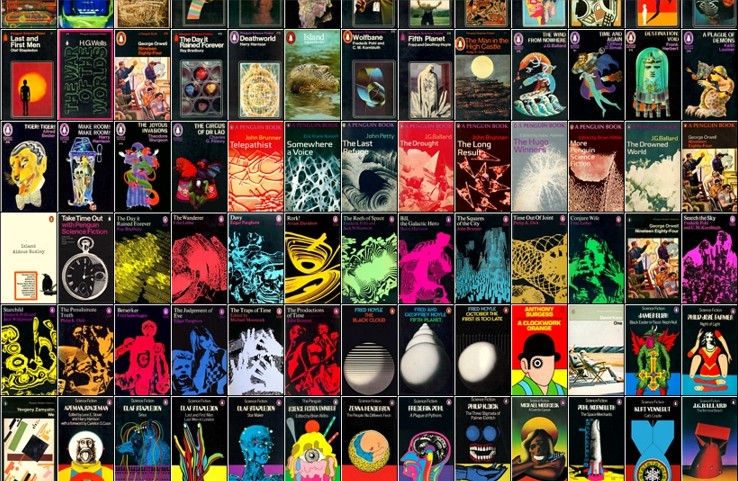
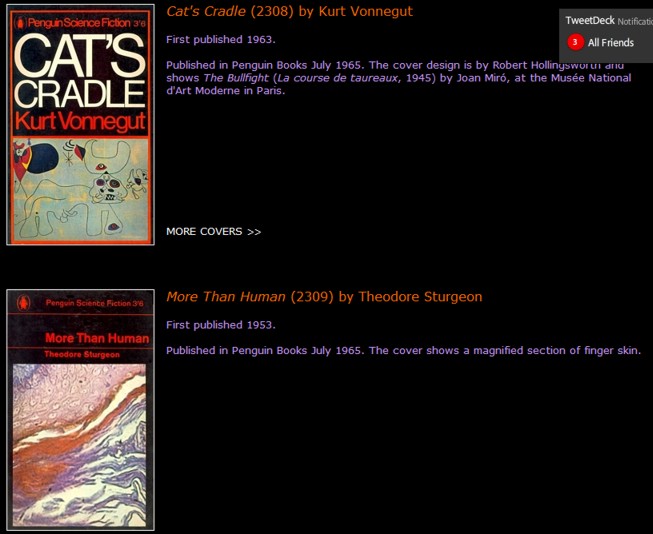
![Reblog this post [with Zemanta]](http://img.zemanta.com/reblog_e.png?x-id=3e6c25dd-3fc8-4147-b3ff-7a480e128d2a)

